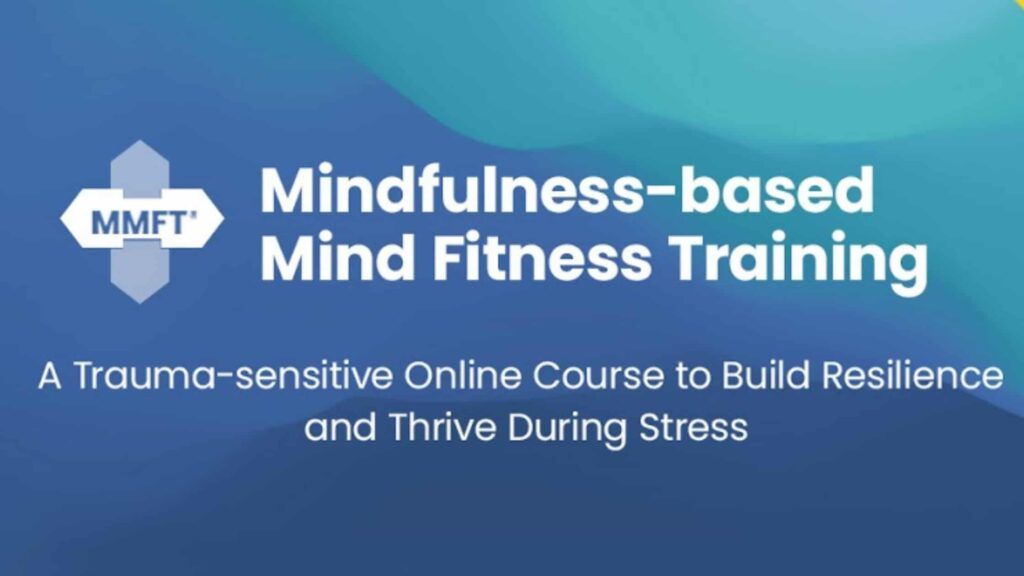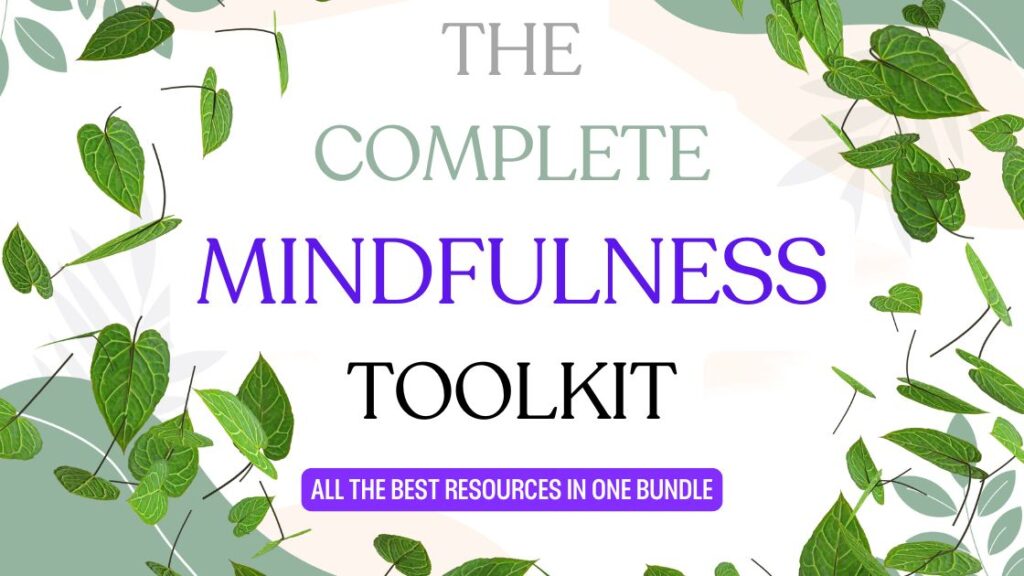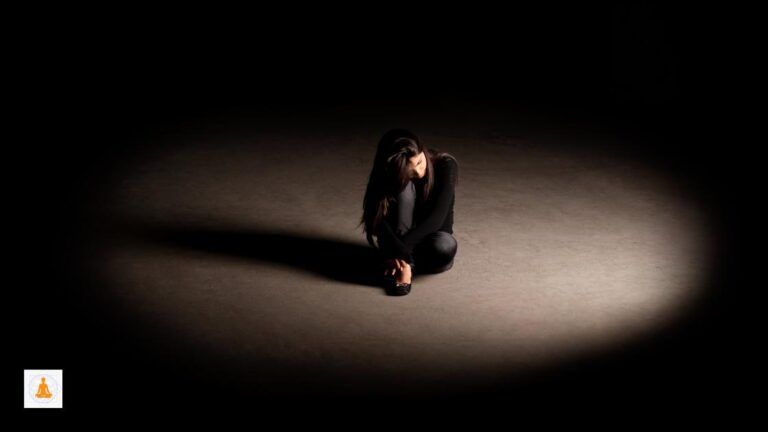Wondering how can mindfulness help you heal from trauma and those deep emotional wounds? Trauma shakes us to our core, affecting both mind and body in ways that can feel overwhelming. But there’s hope. Mindfulness offers a holistic and effective approach to recovery.
Trauma isn’t just about the event itself—it’s about the lasting impact on your mental, emotional, and even physical health. Your nervous system gets stuck in a state of heightened stress, replaying the trauma over and over. This makes it hard to feel safe, calm, and in control.
Here’s where mindfulness steps in. By focusing on the present moment without judgment, mindfulness helps you break free from the cycle of reliving traumatic experiences. It offers a way to build new, healthier responses to stress and anxiety.
The Role of Mindfulness in Trauma Recovery
Imagine mindfulness as a spotlight. When you shine it on different parts of your experience—your thoughts, your emotions, your bodily sensations—you gain incredible insights. These insights can pave the way for healing by helping you better understand and eventually transform your trauma responses.
Mindfulness as a therapeutic practice isn’t just a trend. Scientific studies have shown that it can lead to significant improvements in symptoms of PTSD, anxiety, and depression. It’s gaining recognition for its ability to provide long-term benefits, making it a crucial component in many trauma recovery plans.
Practical Mindfulness Techniques to Begin the Healing Journey
Grab a seat and get ready to dive into some practical mindfulness techniques:
- First up, the Body Scan Meditation. This one’s a favorite for reconnecting with your body. Close your eyes, take a deep breath, and slowly shift your attention from the tips of your toes to the top of your head. Notice any sensations, tension, or areas of relaxation. This helps you become more aware of your physical state, fostering a sense of safety and grounding.
- Next, there’s Breath Awareness. It’s simple but powerful. Sit or lie down comfortably, and focus on your breath. Notice the rise and fall of your chest or the air moving in and out of your nostrils. When your mind wanders (and it will), gently bring it back to your breath. This practice anchors you in the present, reducing anxiety and racing thoughts.
- Loving-Kindness Meditation is another game-changer. Start by sending kind thoughts to yourself. Repeat phrases like, “May I be happy, may I be healthy, may I be safe.” As you get comfortable, extend these wishes to others—friends, family, even people you find challenging. This practice builds self-compassion, crucial for healing.
- Grounding Practices are essential, especially after trauma. You can try the 5-4-3-2-1 technique: Name five things you see, four things you can touch, three things you hear, two things you can smell, and one thing you can taste. It pulls you back to the present, easing feelings of panic and dissociation.
Integrate these techniques into your daily routine. Set aside a few minutes each day for mindfulness exercises, and notice how your body and mind respond. These small steps can make a big difference in your journey to heal from trauma.
Hope you’re finding this post useful!
If you’re looking for additional support in your trauma recovery journey, explore the specialized mindfulness courses below. These courses are designed to aid healing and transformation, offering resources that can enhance your recovery and provide ongoing support as you work towards well-being.




Mindful Awareness of Triggers & Emotional Flashbacks
- Ever had those unexpected moments where a sight, sound, or smell takes you right back to a traumatic event? These are triggers. Identifying them is the first step in managing their impact on your life. Mindfulness trains you to notice when you’re being triggered without getting swept away by the memories.
- During those intense moments, mindful awareness becomes your anchor. Instead of spiraling into panic, acknowledge what’s happening. Tell yourself, ‘This is a trigger, and it will pass.’ Breathe deeply, focusing on each inhale and exhale. This helps you stay rooted in the present, reducing the power of the flashback.
- Grounding techniques are a lifesaver here. When trauma memories resurface, try grounding practices like pressing your feet firmly into the floor or holding onto a textured object. These physical actions redirect your attention away from the flashback and back to the present moment.
- Emotional flashbacks can be overwhelming. Use mindfulness to create a safe mental space. Visualize a peaceful place where you feel secure. When the flashback hits, mentally retreat to this safe haven. It doesn’t erase the flashback, but it softens its intensity.
Slowly but surely, mindfulness builds resilience against triggers. It helps you observe and understand your emotional responses without judgment. Over time, this gentle approach reduces the frequency and severity of flashbacks, paving the way for greater emotional stability.
Integrating Mindfulness into Your Trauma Recovery Plan
- Let’s get practical. Daily mindfulness practices can make a huge difference in your trauma recovery. Set up a routine—maybe start or end your day with a few minutes of meditation. Consistency is key here. Regular practice rewires your brain, helping you respond to stress more calmly.
- Mindfulness complements other therapeutic approaches beautifully. Combine it with therapy sessions, journaling, or creative outlets like art and music. Therapists often weave mindfulness into their sessions to help clients stay grounded while processing intense emotions.
- Don’t forget about your support system. Mindful connections with friends, family, or support groups create a network of care that’s vital for healing. Share your mindfulness journey with them, maybe even practice together. It’s easier to stay committed when you’re not doing it alone.
- Consistency in mindfulness offers long-term benefits. You’ll notice changes gradually—better stress management, improved emotional regulation, and a deeper connection to yourself. It’s not a quick fix, but it’s a reliable, steady path towards recovery.
Incorporate mindfulness into everyday activities. Be present while eating, walking, or even washing dishes. These small moments of awareness add up, making mindfulness a natural part of your healing journey.
Final Thoughts
Mindfulness isn’t just a technique; it’s a lifestyle change. As you build these practices into your daily routine, you’ll find yourself better equipped to handle both the highs and lows of life. It offers a gentle, compassionate way to navigate the complexities of trauma recovery.
Remember, healing from trauma is a journey, not a destination. There will be ups and downs, moments of clarity, and days when you feel stuck. That’s okay. Mindfulness offers you the tools to face each day with a bit more understanding and self-compassion.
The ripple effects of consistent mindfulness practice can be profound. Over time, you’ll likely notice shifts in your emotional responses, improvements in mental clarity, and a stronger connection to your own inner wisdom. These changes might be subtle at first, but they’re significant.
So, keep at it. Explore different mindfulness techniques, find what resonates with you, and integrate it into your life. You’ll discover that mindfulness isn’t just about coping with trauma but also about living more fully and authentically each day.
Ready to take your mindfulness journey to the next level?
I have got some fantastic tools that could be just what you need. Give them a look and see how they can benefit you!




